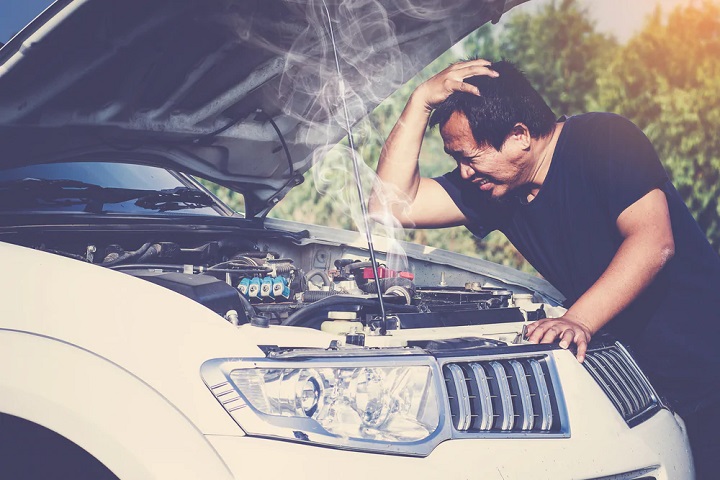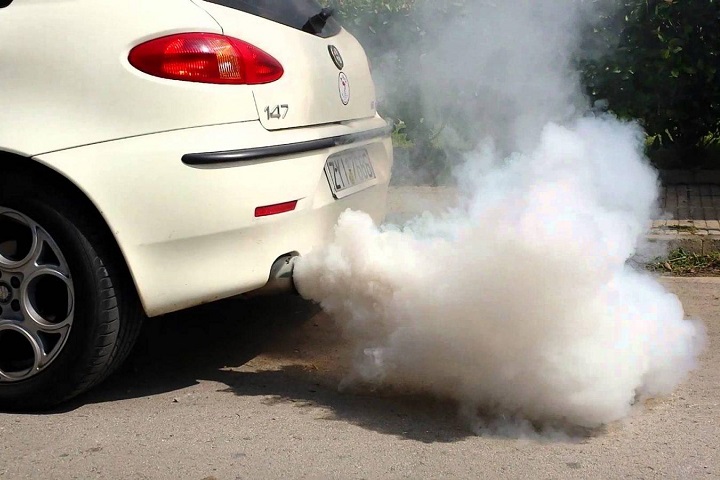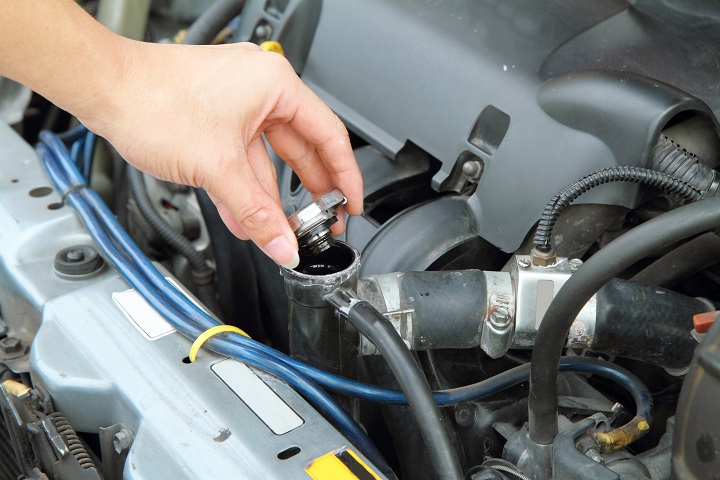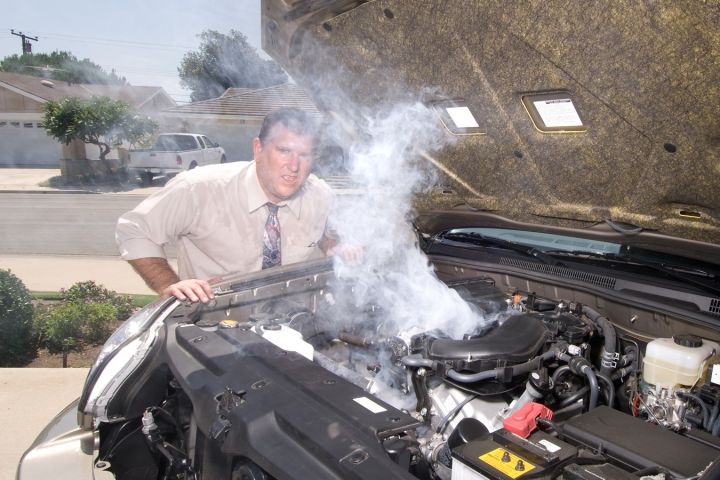There are many things that can go wrong with your engine and exhaust system. But the number one enemy of your engine and exhaust system components is heat, which is kind of ironic because after all, the engine is responsible for creating heat in the first place. However, luckily, every vehicle comes with a cooling system and the exhaust system features car exhaust accessories that help deal with the overwhelming heat produced by the engine. Managing the heat levels of your engine and exhaust system is important not just for longevity, but also performance. Some types of exhaust systems handle heat better than others, which is why most people upgrading to aftermarket systems are looking for kits made with aluminized or stainless steel instead of mild steel.

Mild steel is what most factory exhausts are made of, and it’s one of the reasons why your stock exhaust system is robbing you of horsepower and torque. Aftermarket systems, on the other hand, are made with superior-quality steel that performs well in all types of climates and can withstand heat without cracking. The most common types of steel, as aforementioned, are aluminised, T304 or T409 stainless steel. Aluminised steel is lightweight, whereas T304 and T409 are heavier but far more durable and corrosion-resistant. However, for many people, completely replacing the exhaust system just because your current one is overheating is an expensive and complicated solution, which is why many people are buying exhaust heat wrap instead.

Exhaust heat wrap is one of the most popular car exhaust accessories whose purpose is to insulate your exhaust extractors (manifolds or headers), which helps move the heat quicker through the exhaust system and reduces the amount of radiant heat that’s the main component-killer. Exhaust heat wraps do this through two basic principles, the first of which is insulation and acts like a coat, helping contain the heat inside the tubes. By using a base of fiberglass weave combined with proprietary materials, these car exhaust accessories can reduce the temperature under your hood by half. And when you take into account that for every degree the temperature drops, the performance of the engine can increase by about 1%, this can be one of the best performance upgrades on a budget.

The second principle of reducing the heat is by the thermodynamics of gasses. As you may already know, hot gases move significantly faster than cold gases, and by keeping the heat inside the pipes, the exhaust gases move from the engine through the system and out the exhaust tip much faster. As a result, your engine can draw more air and fuel into the combustion chamber for the following charge. This is also known as scavenging and increasing this value will lead to more power. So adding these car exhaust accessories sounds like the easiest, most affordable solution to more power, right? Well, yes, if it weren’t for the fact that they’re kind of difficult to install, especially around the tight bends. However, there are a couple of tips and tricks that can make the process easier.

Exhaust wraps can loosen up a bit by putting them in some water. You can either soak the wrap and water or use a squirt bottle, then squeeze the excess water. This process will help the wrap stick to itself better, and when it dries up, it will hold its shape slightly better. And while you can install the exhaust wraps alone, having a set of extra hands can be very helpful. Wrapping the large, simple pipes is relatively easy, but when the time comes to wrap the headers, you could use some help. There are intersecting pipes and tight bends around the headers, which makes the job tricky. That being said, one person can hold the headers while the other pulls and stretches the exhaust wrap around the pipes.
As briefly aforementioned, wrapping intersections of pipes that are difficult to wrap with a single piece of exhaust wrap will need to be temporarily taped. Start by wrapping each small tube, then wrap the larger tube to incorporate the wrap over the smaller tubes. The tape will help keep the wrap secure until you’re done with the overwrap. Right before you overwrap the joint, remove the tape. In order to secure exhaust wrap, you’ll also need stainless steel ties which aren’t cheap and are non-removable. The first header is generally good practice for the second one, which is where you might have to find a better method. That being said, it’s suggested that you don’t secure the first piece with the ties until you’ve done the second header, as you may decide to re-wrap the first header. Keep in mind that exhaust wraps add thickness to your pipes, so if your vehicle has tight clearance, you should check the fit of the parts before securing the ties. Sometimes, you might have to re-wrap to gain the right clearance.



